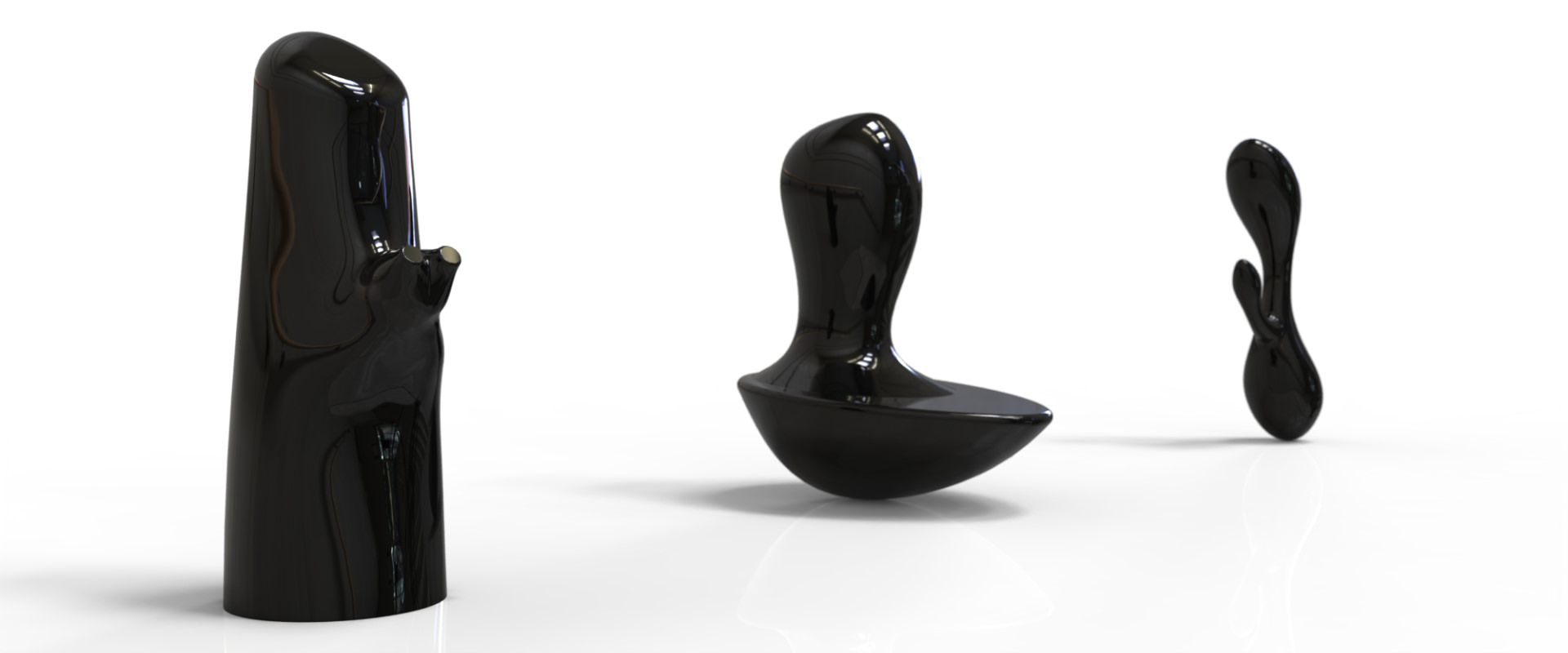Chinese design is today trying to conquer the world with the help of a huge productive system behind its shoulders. But does it have the right assets to succeed? Here’s a brief analysis of the most common concepts that pop out when you find yourself involved in the design of a product in China.
1) Copy
The Chinese attitude and ability to replicate the same sign over and over to achieve perfection has been transformed in the ability of copying ideas from others. This means that China today is not the factory of the world, is just a huge group of slaves and suppliers working on somebody else’s ideas, research and design. When the labor cost will soon be not affordable and expensive Apple, Samsung, Lg and all the big companies that today are bringing innovation and design will go away, leaving the Chinese market 5 years behind with products that are already old and which market is already saturated. We are often asked to design Bluetooth speakers when the technology is already substandard or ear buds with cables when the market is going towards cordless headphones.
2) Icon
Iconic culture and memorizing abilities with a lack of logical thought are a giant problem in developing new ideas. We are often asked to send rendering and not drawings, pictures and not ideas, so that the supplier can copy from an image; usually the supplier answers with another picture asking if he can copy that product that he has already copied one day. “I’ve seen it on a video” usually turns out to become “it’s reality” and rendering are often misunderstood with the real world.
3) Money
Their desire to make money quickly doesn’t involve any research or innovation; everything must be cheap, not durable and produce richness now without any effort. New product development involves investments and long term planning, the average Chinese supplier wants to have revenues today, with fakes, with cheap products, usually doesn’t take any risk and comes out with a polluting copy of a product that has already finished its curve on the market, it’s old and surpassed. The run for easy money guarantees also bad quality: all the suppliers are totally untrustable and product life is usually very short. Money is also a problem when you have too much. This incredible trial-and-error way to produce things is related to the quantity of money involved which sometimes comes from the cloud. It’s often just a learning process in which the product is sometimes not even important; it’s time wasting and polluting, it’s one step forward and two backward.
4) Tradition
Despite of a facade of patriotism and love towards mother China, everybody is very selfish and no know-how is spread. The only common word that pervades any kind of design is “Chinese Tradition”. Traditional signs are asked by clients in any kind of product. It’s a camouflage of a technology which is usually old, badly done and nobody wants to find Chinese Tradition in a market in which they all dream to have a Bmw, a Gucci bag and an Armani dress. There’s no tradition in these products, they are just well made.
There’s no need to put any traditional sign in a car o or a mobile phone, especially in a country where the tradition has been cancelled by Cultural Revolution and where the two main styles of the two dynasties have produced objects which you can hardly tell differences between.
5) Language
The Chinese language is fascinating on one side, but has terrible lacks when you start talking about technical topics. Not having words to define electronic components or simply the differences between cables or protocols because the language is crystalized is a total waste of time in communication and produces incredible mistakes. Finding yourself talking about a Bluetooth portable speaker with AA Batteries that has to be connected with a Usb – mini Usb cable to a Computer and seeing people that desperately try (often failing) to explain what we are talking about, is stressing and often takes you to the answer “Ok, let’s copy that from the picture”.
6) Technology
Having a specific technology and being able to press the on-off button of the machine doesn’t mean that you can use it. I’ve been visiting tens of factories and suppliers who, since they make products for Apple, believe they are able to build the new iPhone. But replicating is not inventing, producing is not developing, having your storage full of products doesn’t mean that you sold them. Words like Marketing, Research, Development, simply don’t have a translation in this environment. I will always remember my translator asking if “I lost something at the supermarket” when I asked her if we had a “Marketing Research for the product”.
7) Work
Working conditions are poor, working rights are… (Do they exist?). High end electronic products are literally assembled on the streets by people that don’t have any loyalty towards the company and often don’t even come back to work after holidays. Workers don’t usually care about what they are doing because the owner doesn’t care about them. This creates an environment in which companies are not trustable, they born and die rapidly, they disappear, they change their production in days, they don’t invest in any asset but the owner’s sport car, the turnover is incredibly quick. “I will go away if somebody gives me one Yuan more”.
8) Different
In a country where everyone has been told to be the same for years today everyone wants to be different. Give a horn to a Chinese and he will destroy your ears pretending to affirm his individuality, try it…Everyone wants to be different, diverse, products have to be unique and strange but no one understands the difference between “different” and “better”. Usually being different here means making it worst, adding useless details and making things complex with the result or having a bad product at the end, which is, of course, very, very different.
I often hear “If nobody has done it that way it means that I can do it and be different”. I leave you with the suspense of what the result turns out to be.






